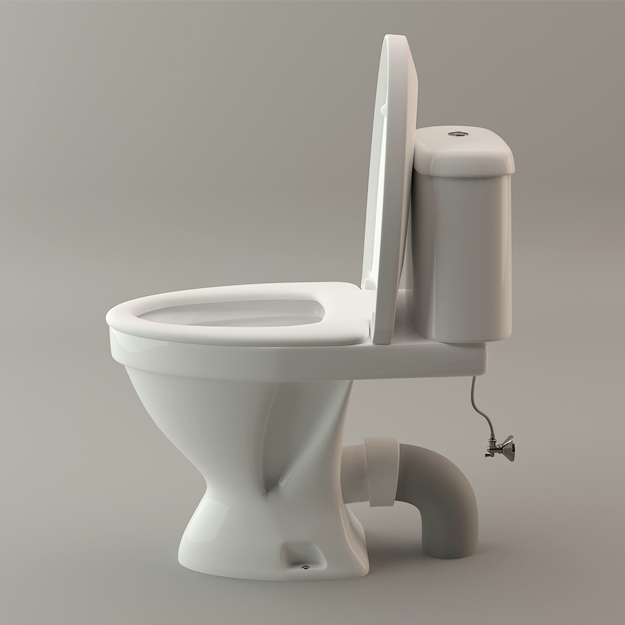
We are going to repeat the process for the other materials. Make sure to replace the value of the bump that was in the VRay material. Locate the original map that was used and click Open. We are going to reapply the bump map that was in the VRay material. Locate the bump section and click on the empty slot. Paste the diffuse color and the diffuse map (instance) into your new standard material. Check to see what maps are being used in the maps section of the material.Ĭopy the diffuse color and cut the diffuse map.Ĭlick on VRayMtl and we will be replacing the VrayMtl with a standard map. Now, we are going to convert the VRay Material into a standard. Normally, the first coat material contains the texture information that is assigned to the model.Ĭlick and drag the first coat materials on top of the VRayBlendMtl. Look at the materials within the blend material, and see which material contains any textures. Let’s start with the first material and work our way down.

Select the next material in the “Scene Materials” browser and double-click on it. Now, navigate to the folder that contains the HDR, and click Open. For now, we are just converting the model into a standard format for export. Once we bring the model into another application, we will be able to apply the HDRI to the correct channel. Now we are going to change the VRayHDRI material to a standard material. You should see the properties pull up in the material editor. Once you’re in the material editor, click on “Get Material” to view the scene materials.ĭouble-click on the first scene materials. Navigate to your materials editor (press M on the keyboard). Now that we have isolated the model, we are going to manually convert the materials into a standard format. We are removing these items because they do not convert from program to program. Press Delete and it will remove these items from the scene. Once you hit Enter, you can see that the lighting and cameras are selected. Once you have all the items selected, click Enter on the keyboard. Hold Ctrl and click on the individual cameras and lights. Click H on the keyboard and it will bring up the Hierarchy.

Once you have the model open, you will want to delete any VRay lights, Cameras/VRay Cameras, and/or VRay planes. If the model is grouped, select the entire scene (Ctrl + A) and navigate to group dropdown and choose “Explode.” Open the model that contains VRay Materials:
#Vray materials free
We hope it helps, and if you still have questions, feel free to ask us in the comments.
#Vray materials full version
You can click on any photo to get the full version and see exactly what’s going on. We have some tips that you can use to export to an exchange format that customers will love and be able to use with ease.īelow is a tutorial (with many helpful images) that will take you step by step through our recommended process. This type of experience makes them think twice about purchasing from TurboSquid in the future. If customers have to contact support to re-convert an improperly exported model, the customers have to wait longer and sometimes miss their deadlines. If you convert your model to a standard format before exporting, it will be easier for customers to adjust materials and add lighting.Ĭustomers purchase from TurboSquid because they are on a tight deadline and need something right away. Also, the texture paths on the VRay export will be erased.

If you export a model with VRay materials attached, it will cause the materials to default to the color gray when importing the model into another program. Many artists use VRay materials and don’t convert their models into a standard format before exporting into one of the exchange formats. When exporting these exchange formats, there are a few things that you should address.

In Product Support, we have noticed that there are frequent issues with artists’ exchange formats (FBX, OBJ.


 0 kommentar(er)
0 kommentar(er)
